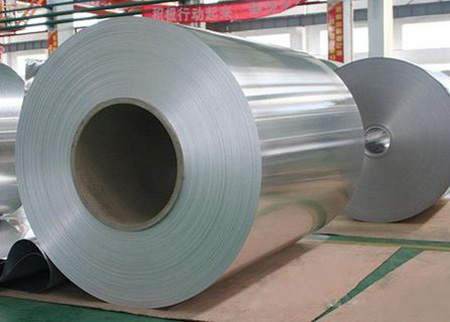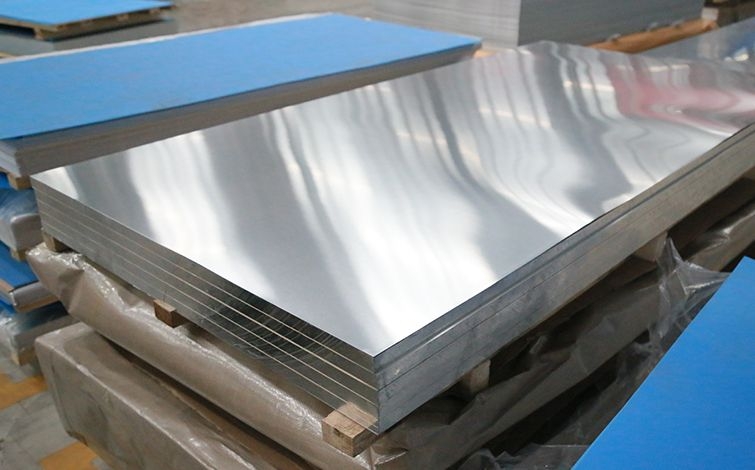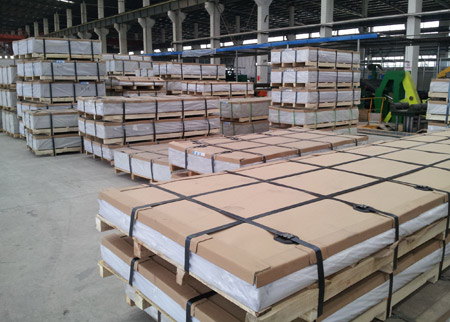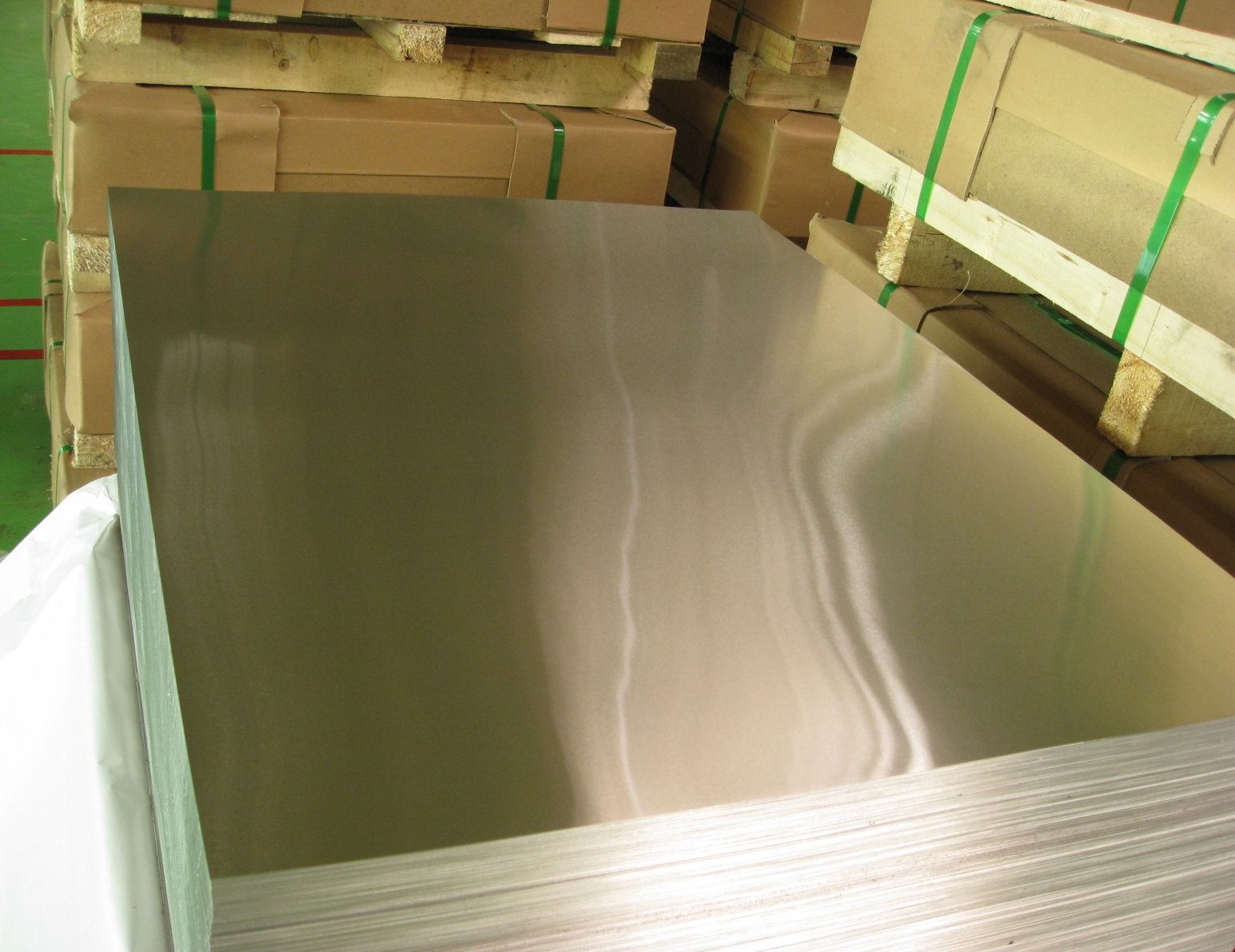



The number of cars in the world is increasing day by day, which is changing people's work and life with great influence, but the consequent energy shortage, environmental pollution and a series of problems are also becoming more and more prominent. Lightweight, energy saving, environmental protection, safety, comfort and low cost have become the goals pursued by automobile manufacturers, especially energy saving and environmental protection are major issues related to the sustainable development of mankind, energy saving and emission reduction has become an urgent problem in the automotive industry.
The connotation of automotive lightweighting is to ensure that the performance of the car is not affected, not only to reduce the weight of the car, but also to ensure the safety and comfort of the car, while the cost of the car itself is not increased.
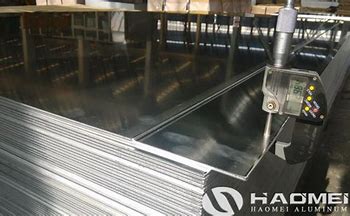
Throughout the life cycle of a vehicle, fuel costs are the main part of the total lifecycle cost of the vehicle, accounting for 71% of the vehicle's lifecycle costs, and automotive customers are eager to reduce fuel costs in order to save on running costs later on. As the mass of the vehicle affects the rolling resistance, climbing resistance and acceleration resistance, the mass of the vehicle has a very close relationship with its fuel consumption.
According to analysis, the main methods to reduce fuel consumption are: reducing weight (lightweighting) accounts for 50%, improving engine efficiency accounts for 20% and reducing driving resistance accounts for 30%, of which the most effective method is vehicle lightweighting. The report presented by the World Aluminium Association points out that every 10% reduction in the mass of a car can reduce fuel consumption by 6% to 8%.
Therefore, lightweighting is an issue that must be considered in the design of a car. The light weight of the car can not only reduce various driving resistance, reduce fuel consumption, but also help to improve the performance of the car's steering, acceleration, braking and emissions and other aspects. The requirement of China's Development and Reform Commission is to reduce the average fuel consumption of new passenger cars by 15% in 2010 compared to 2003, and this target cannot be achieved without lightweighting.
* Thank you for your inquiry. Please provide your business needs information so that we can better serve you.
This information can help us assign the most suitable person to solve your problem. We will give you feedback within 1-2 working days.
Related Blog
